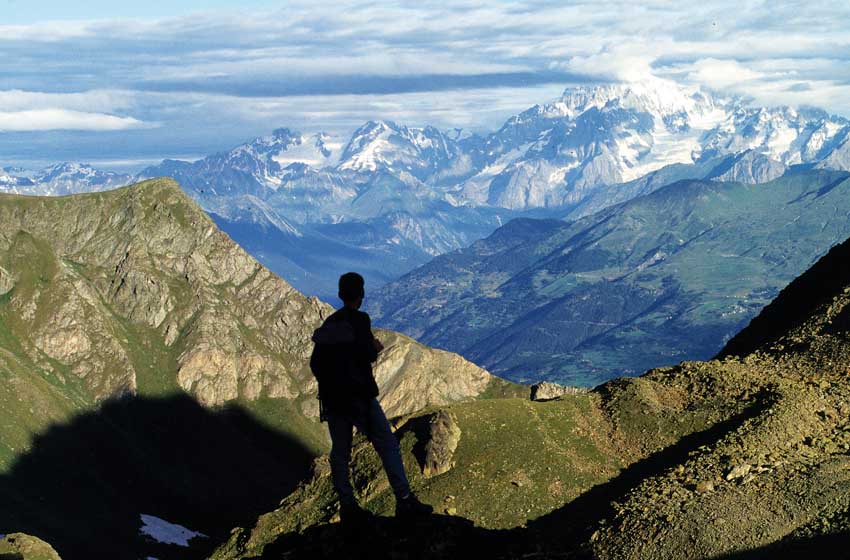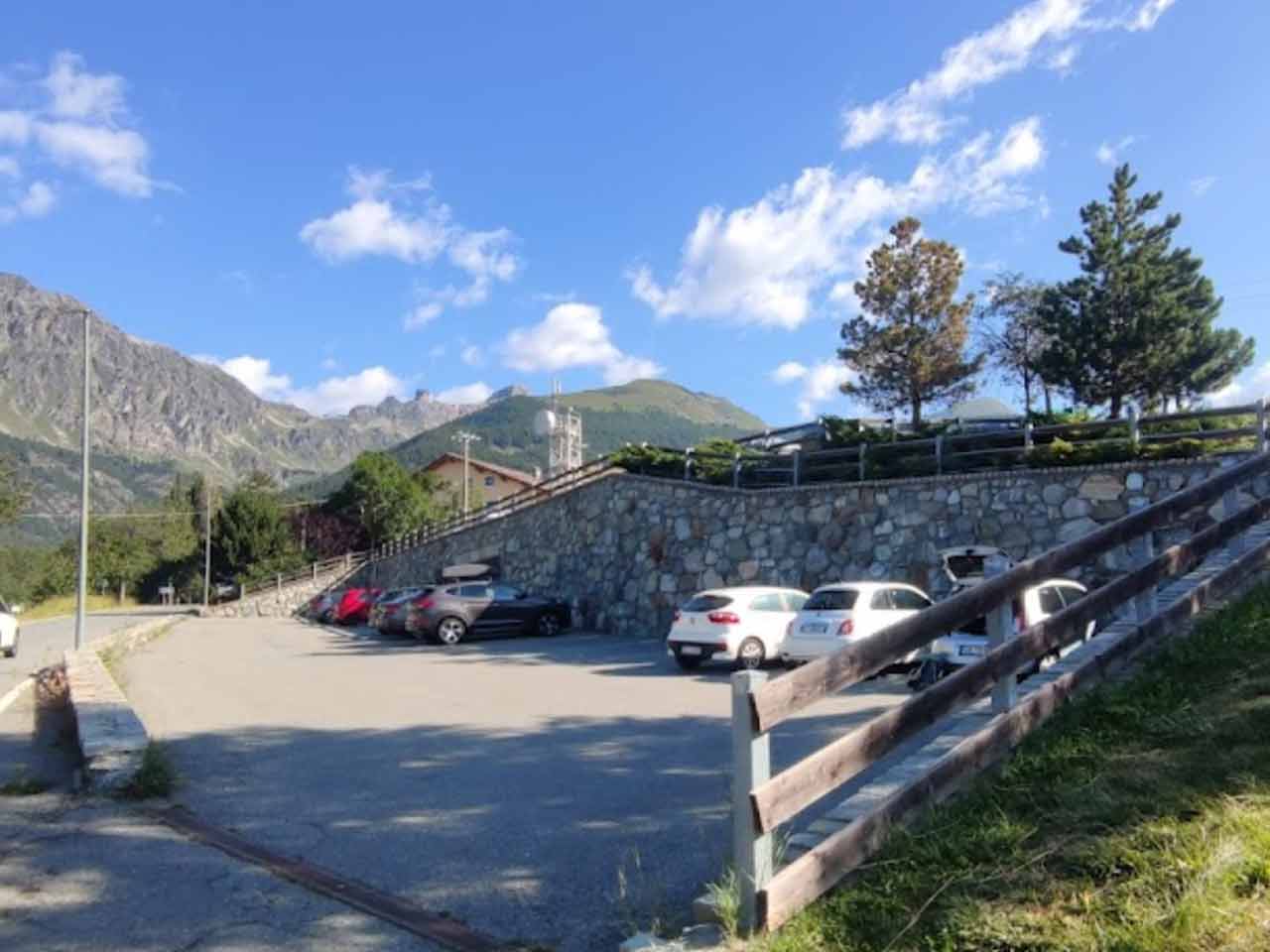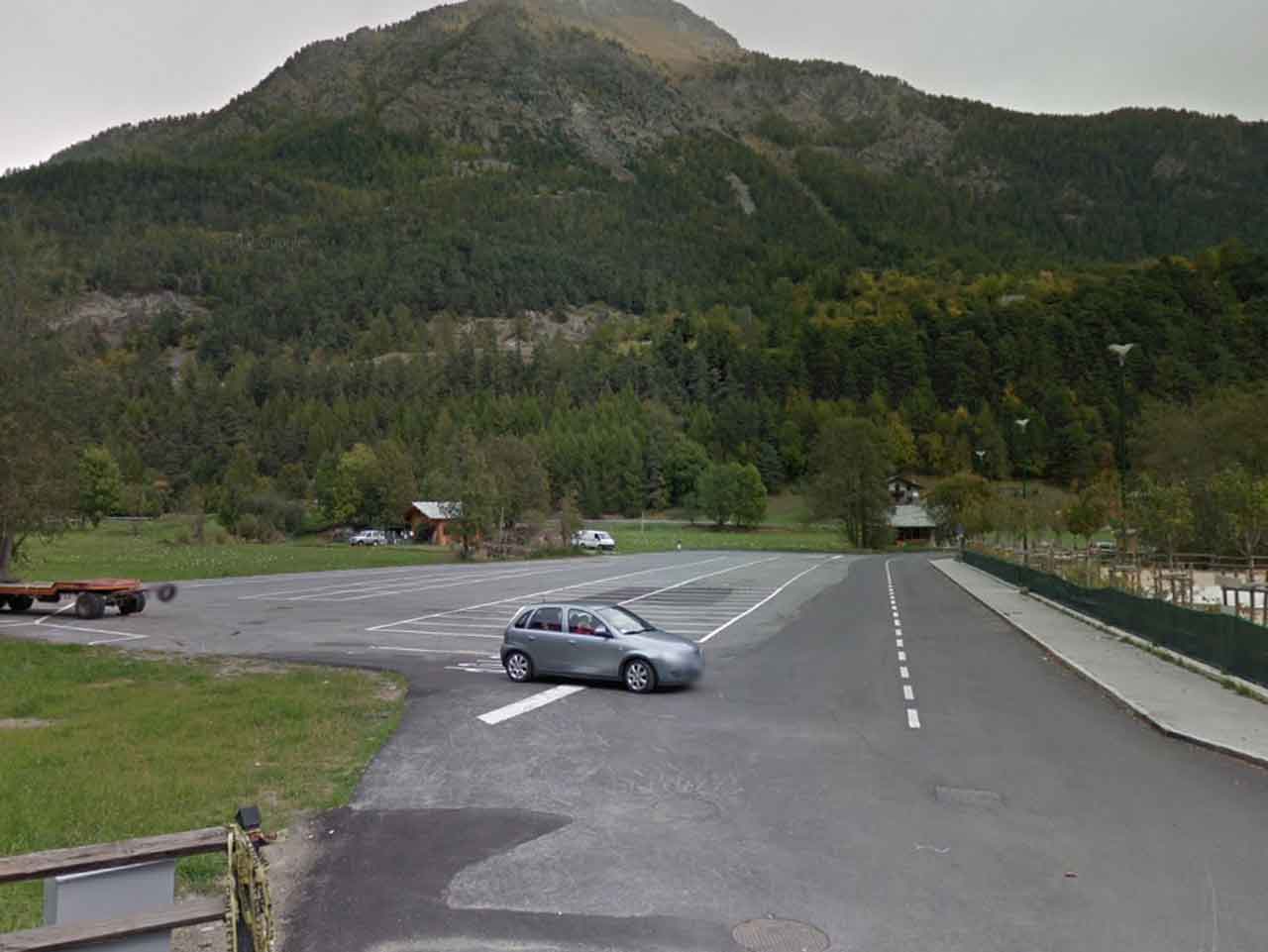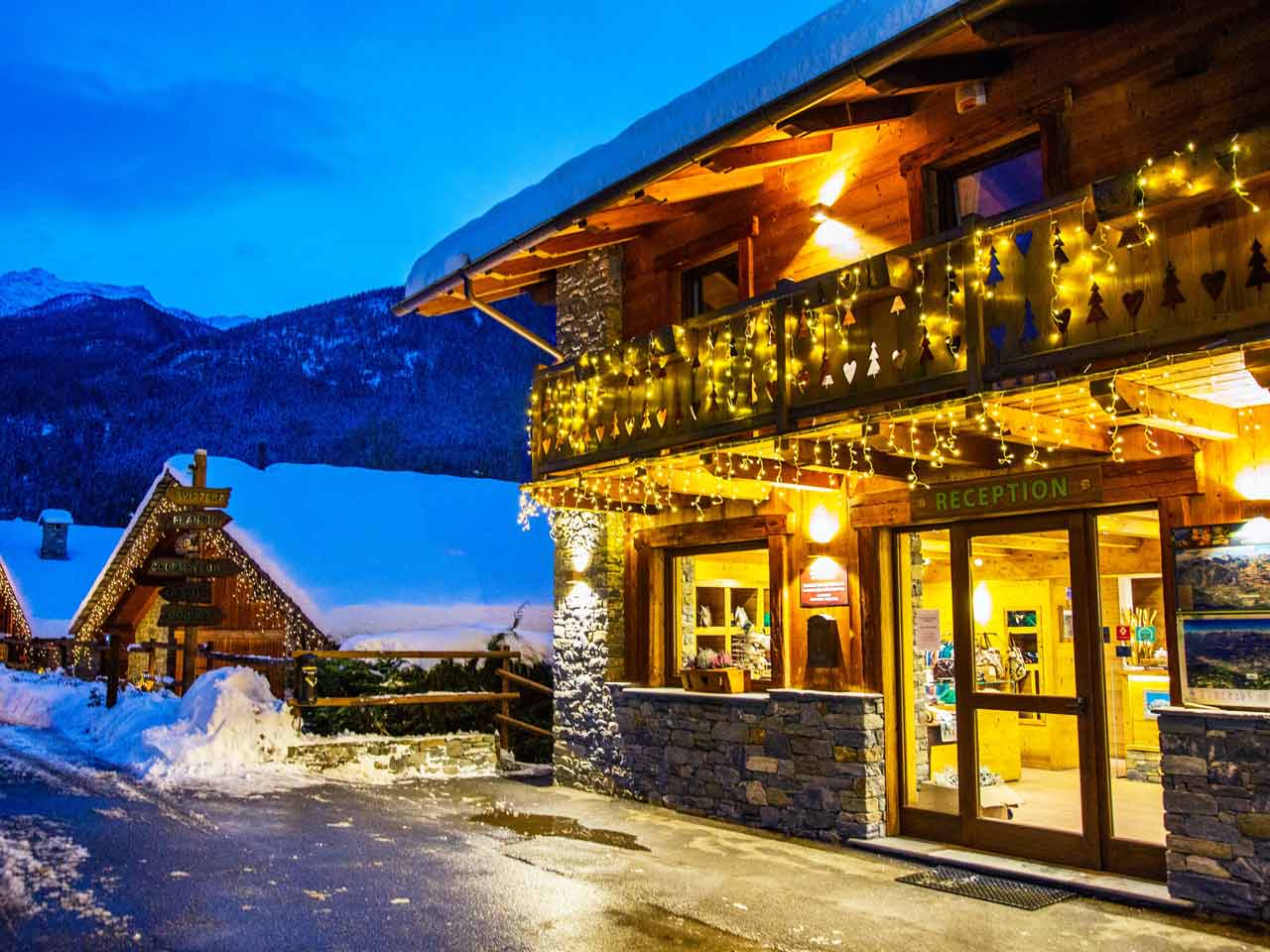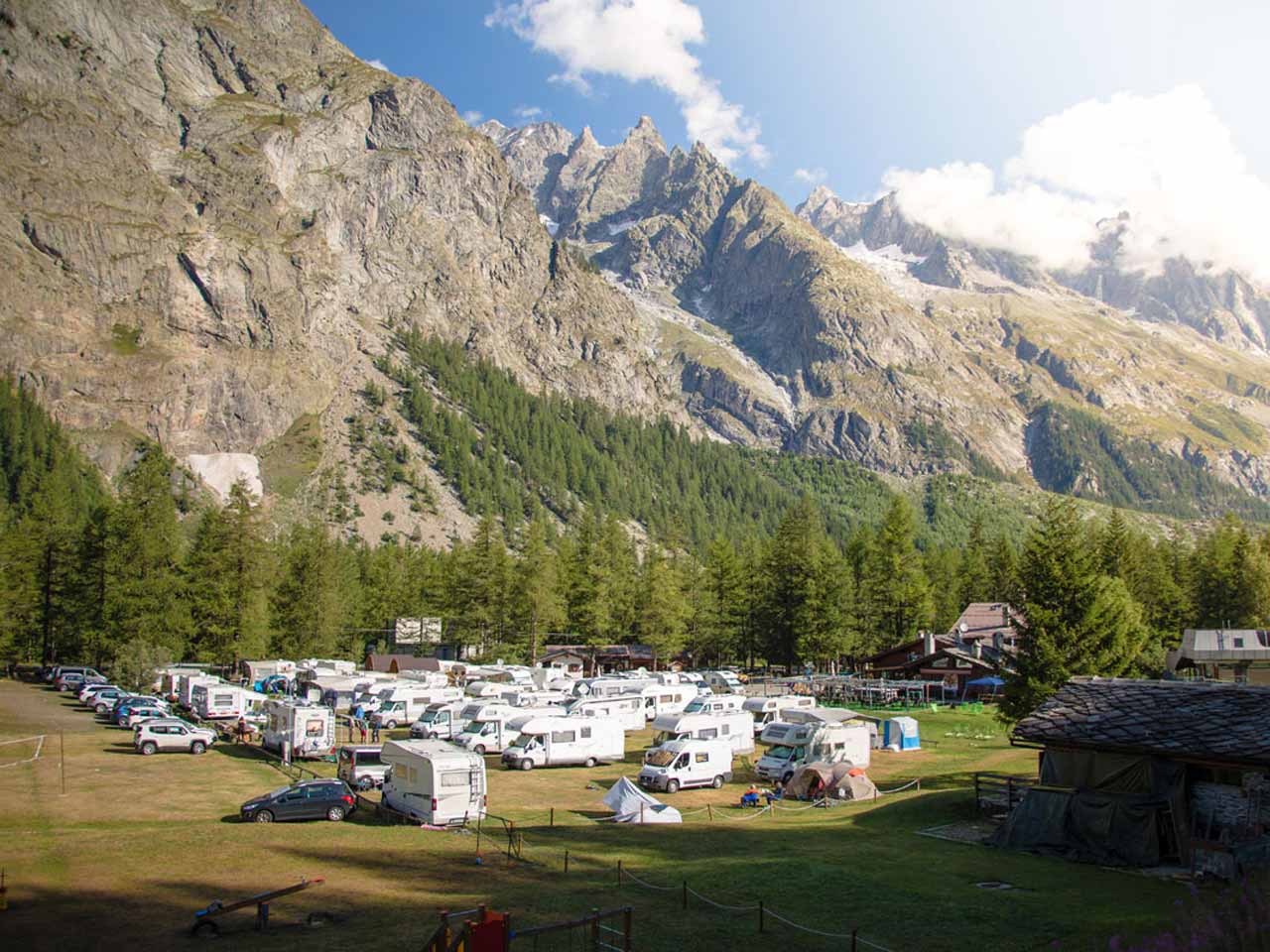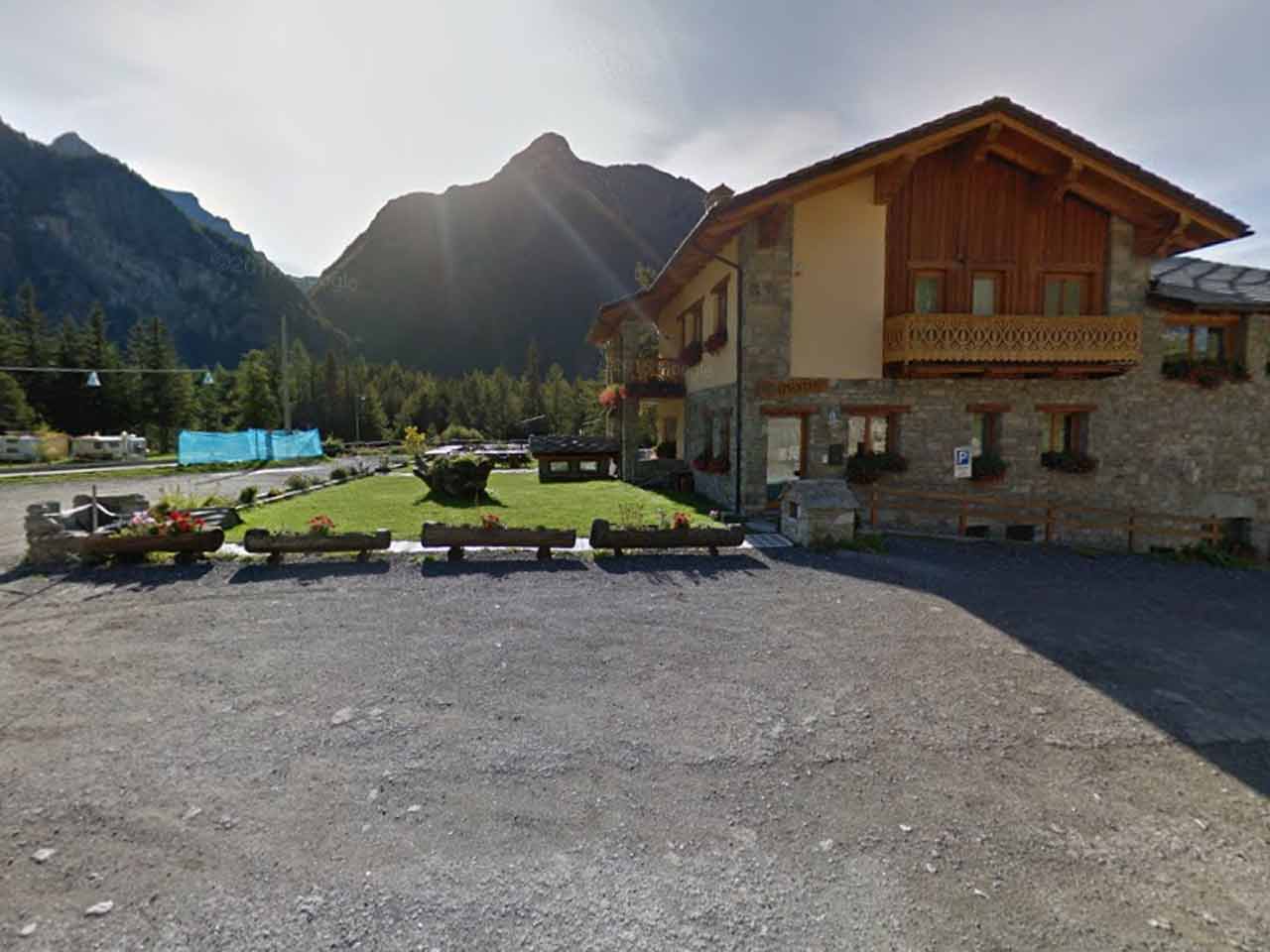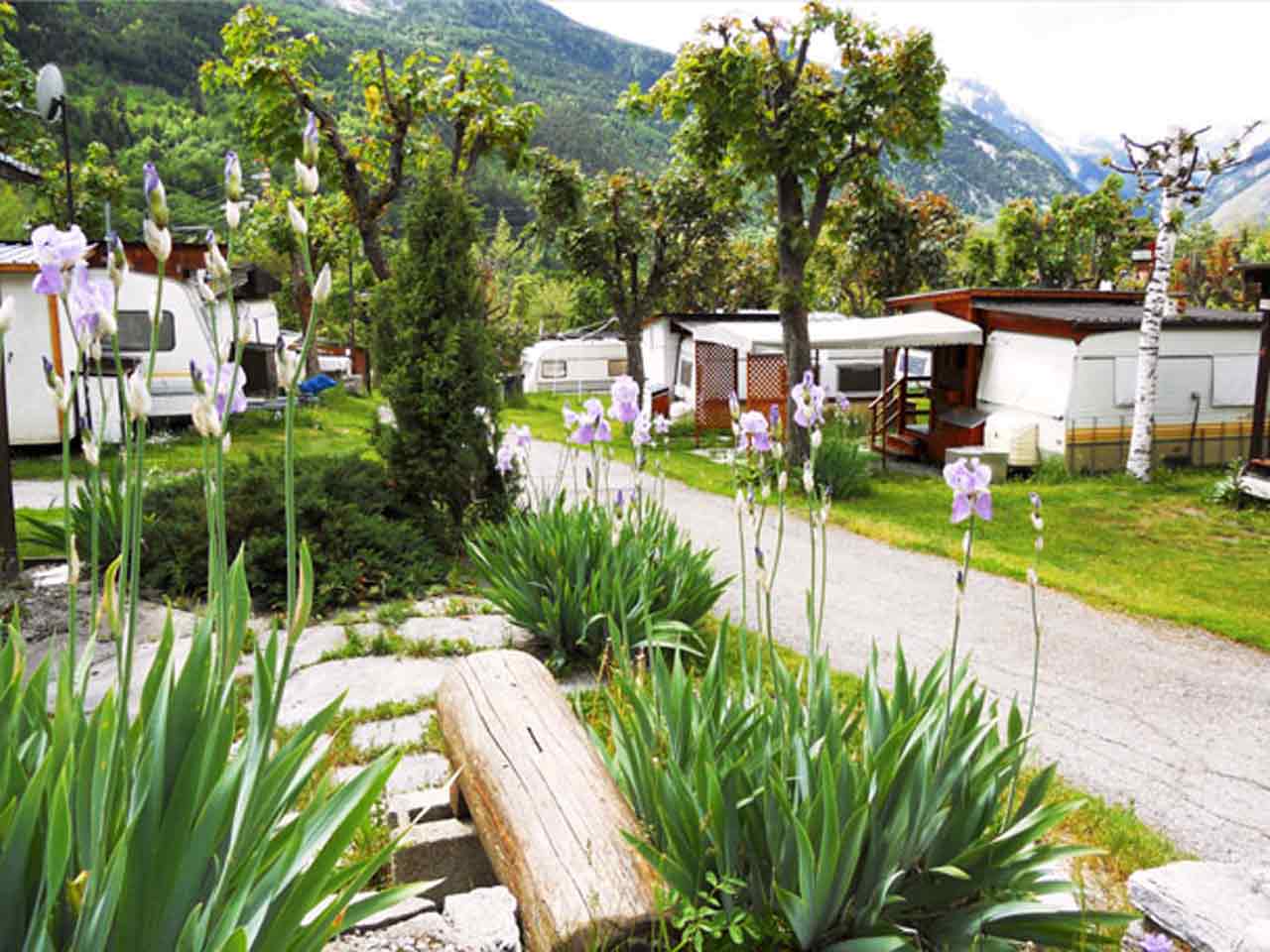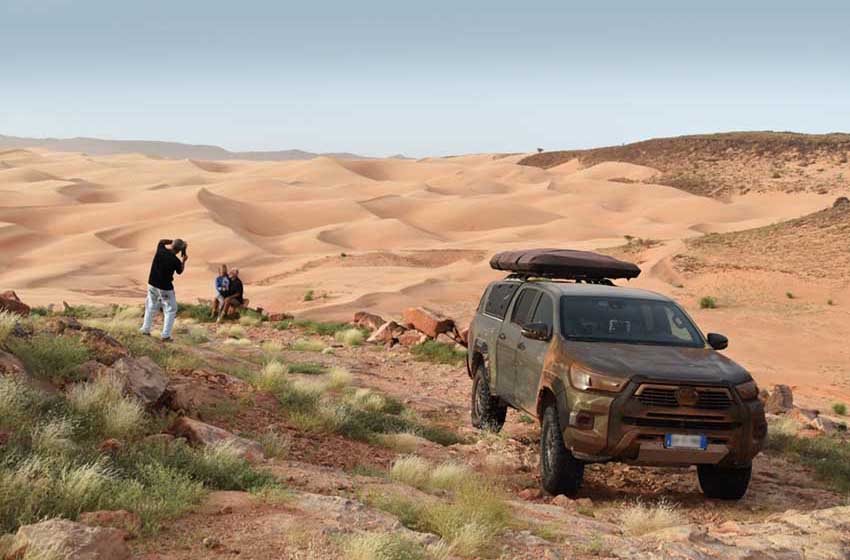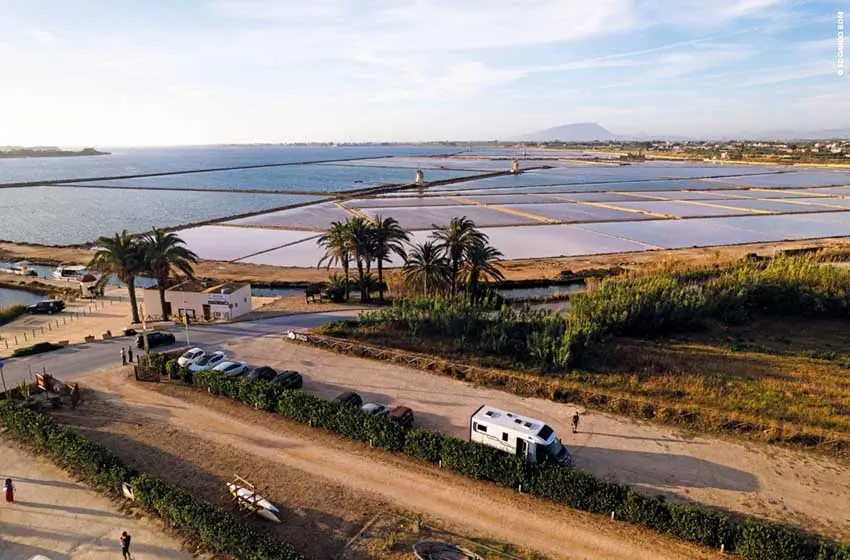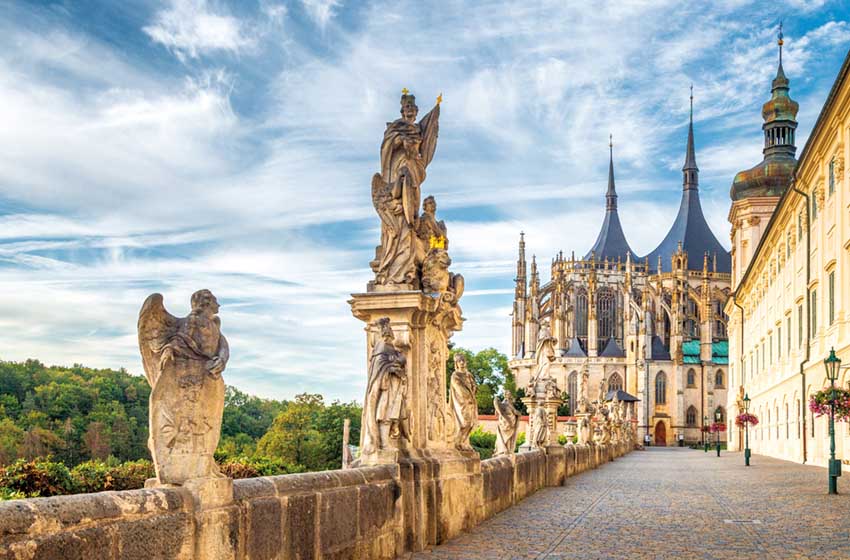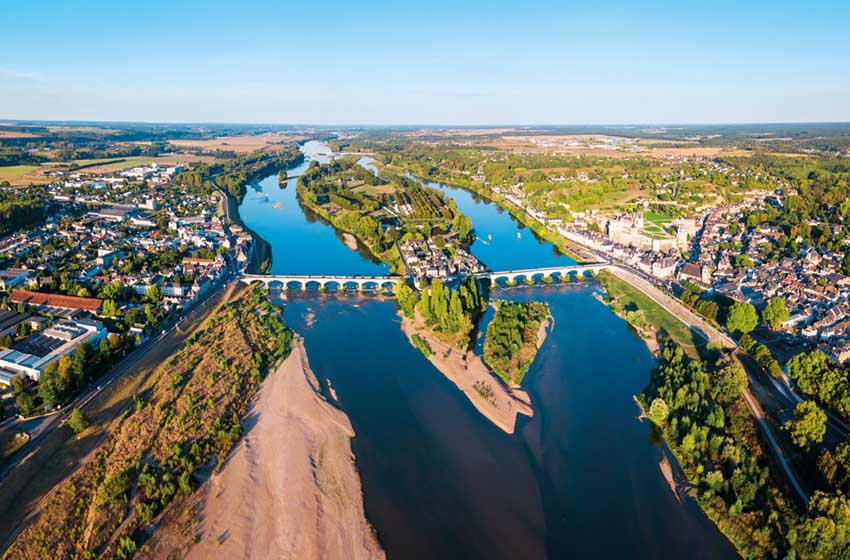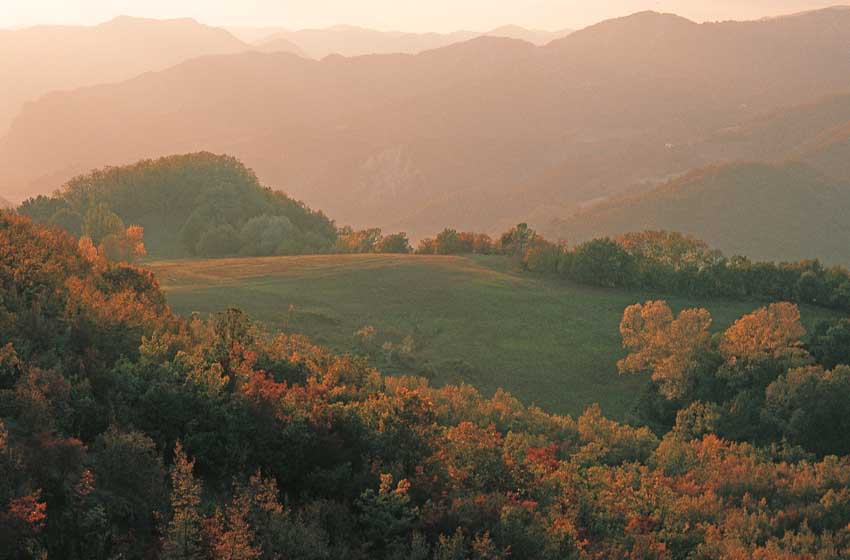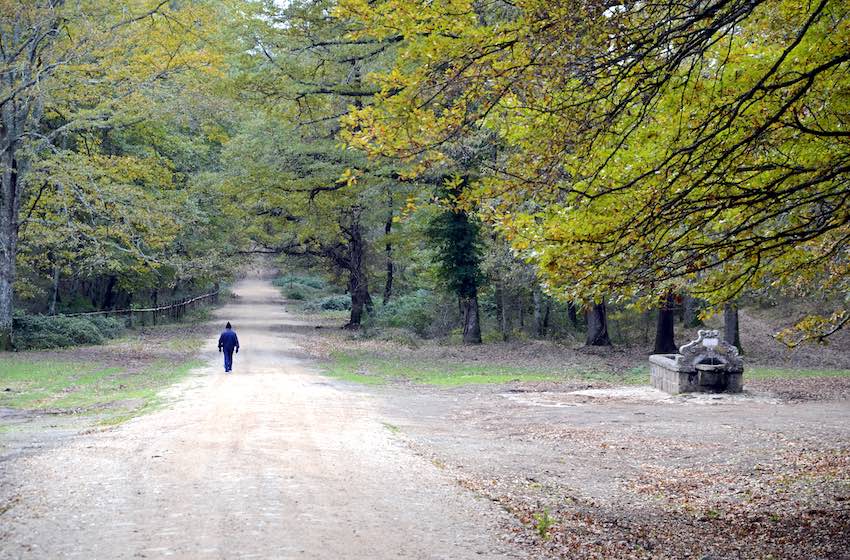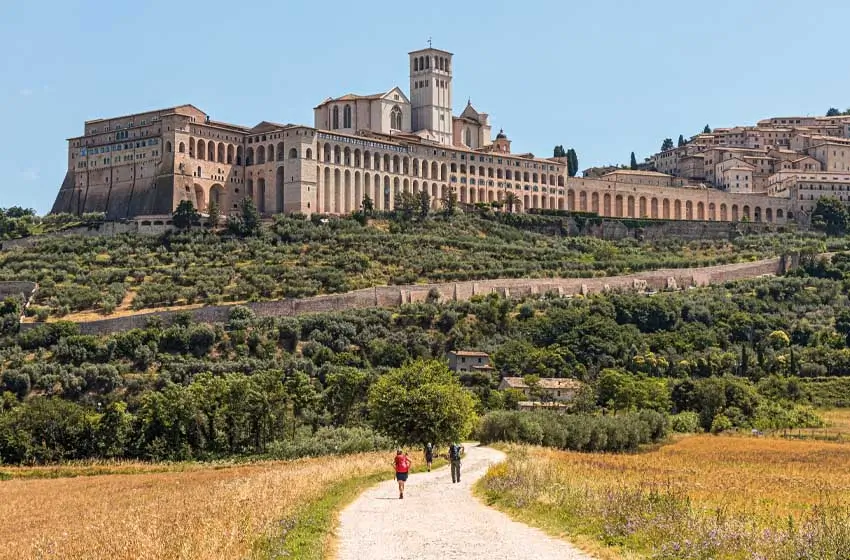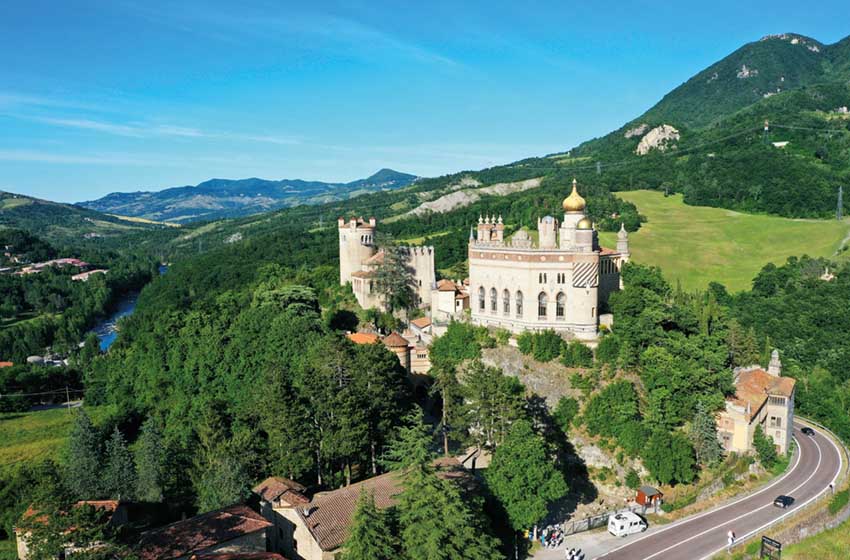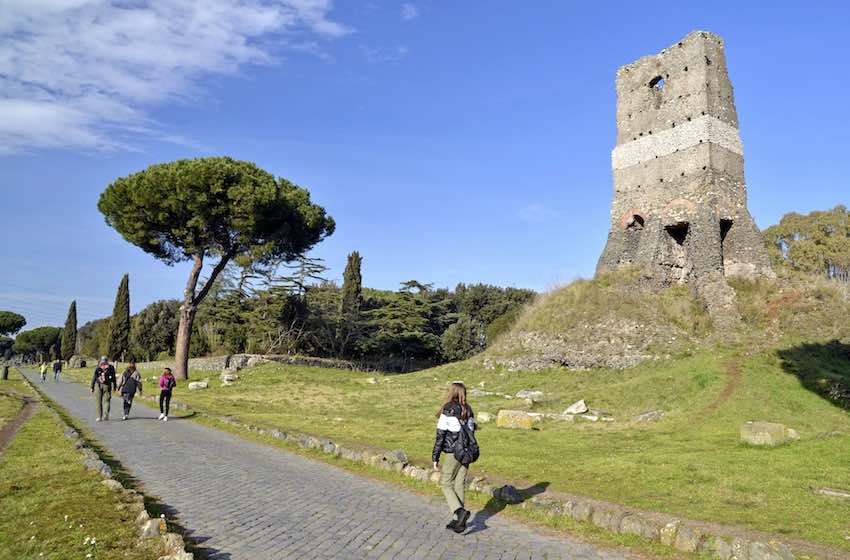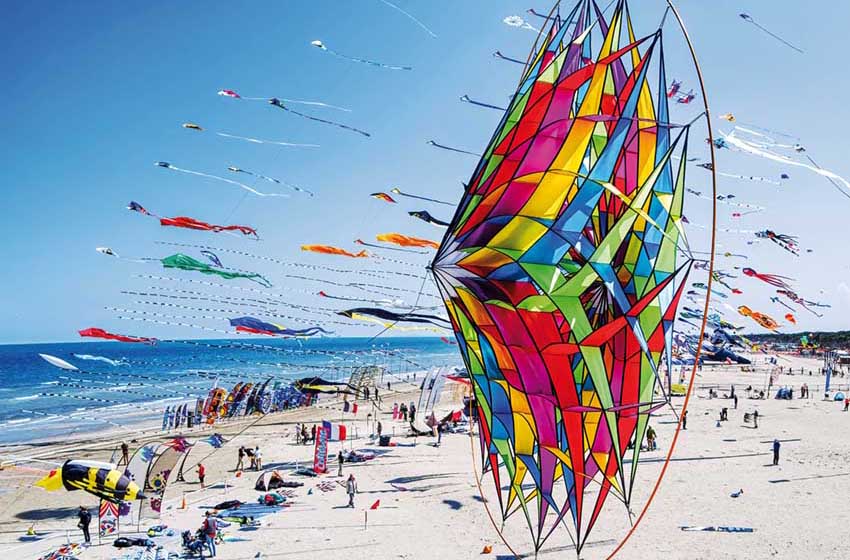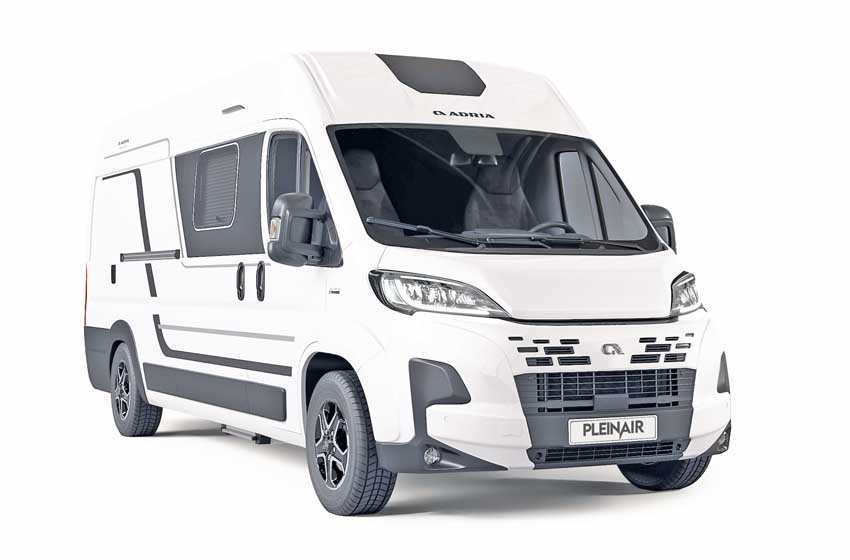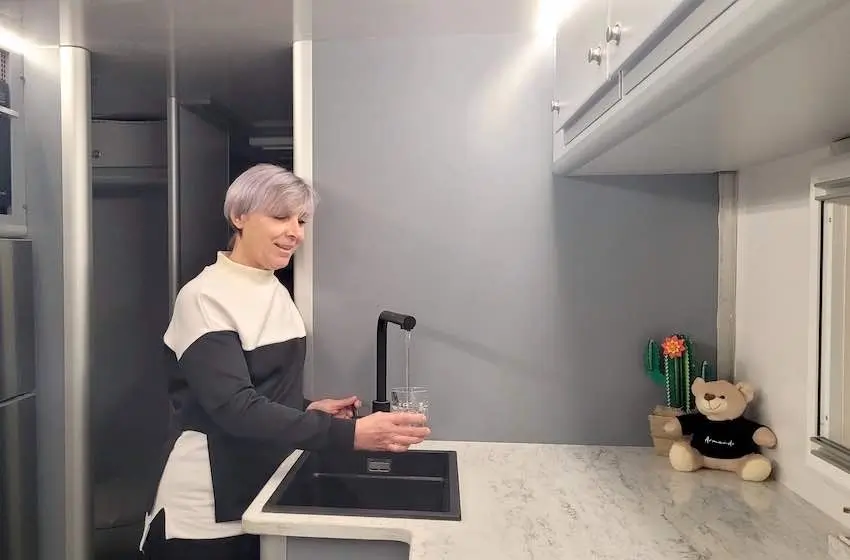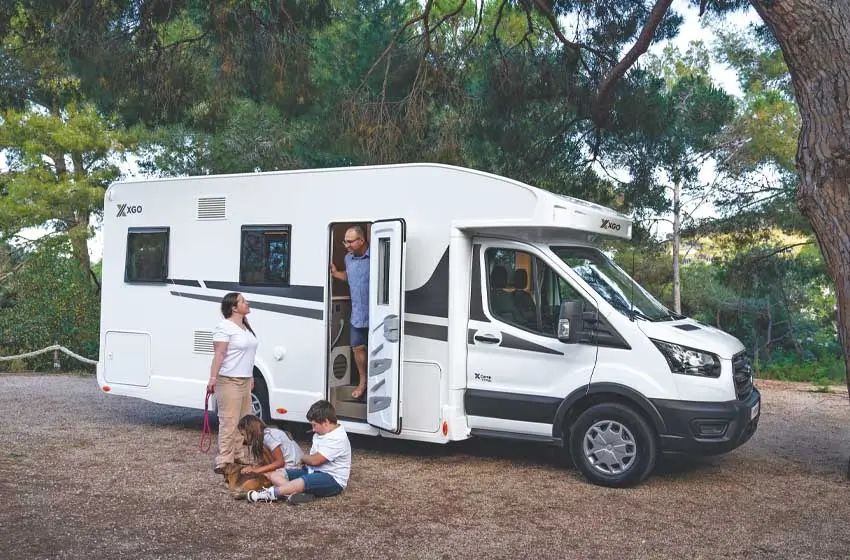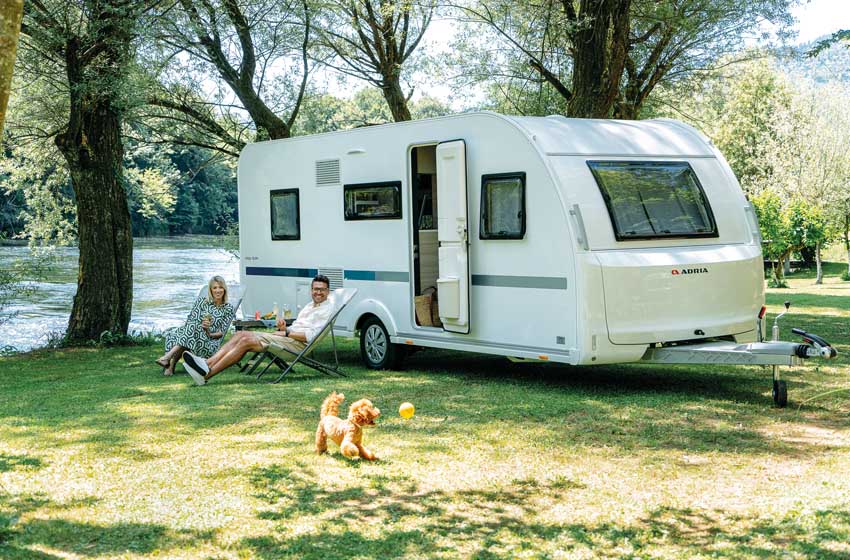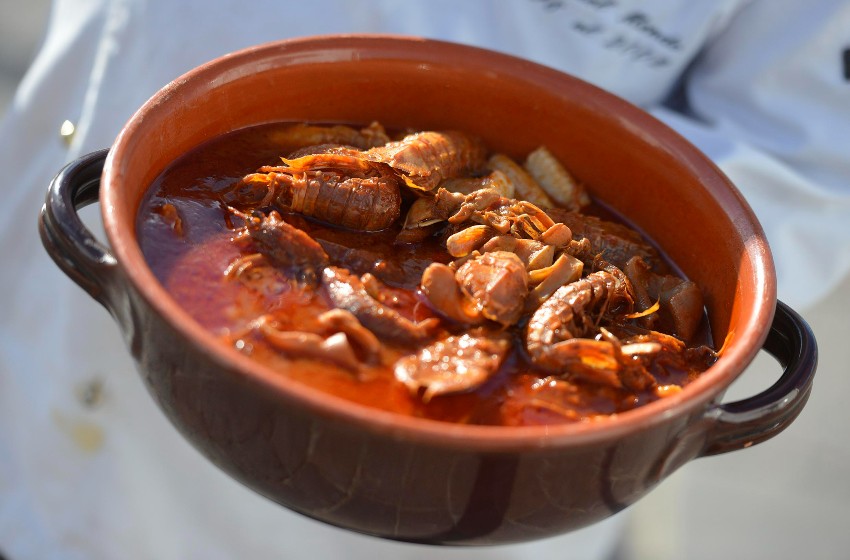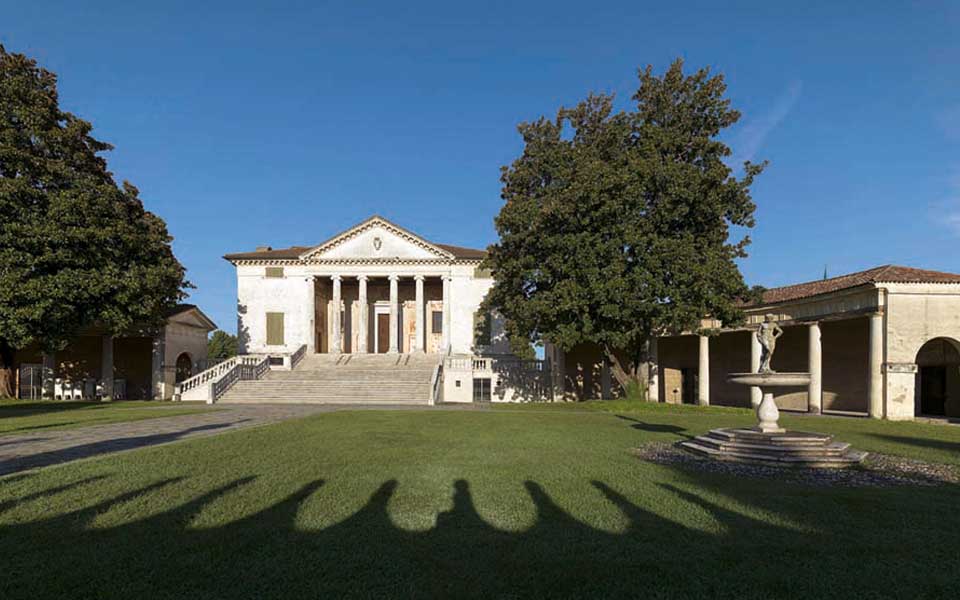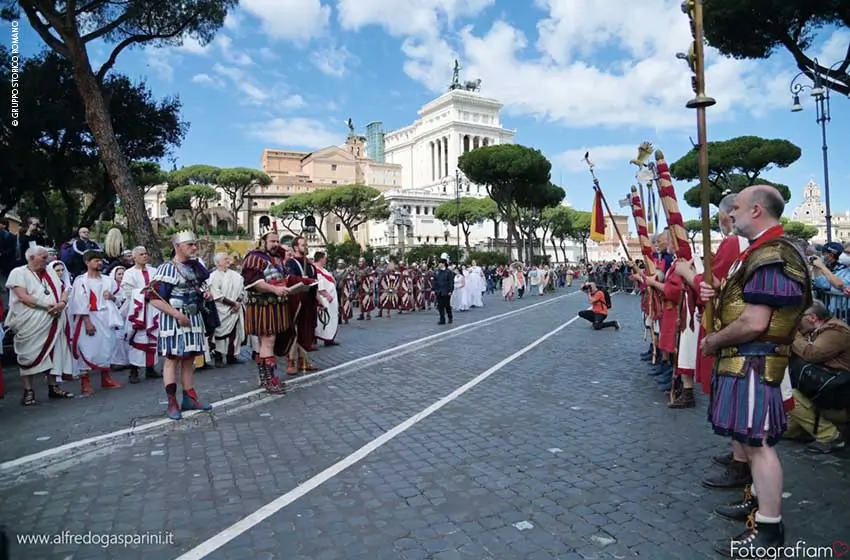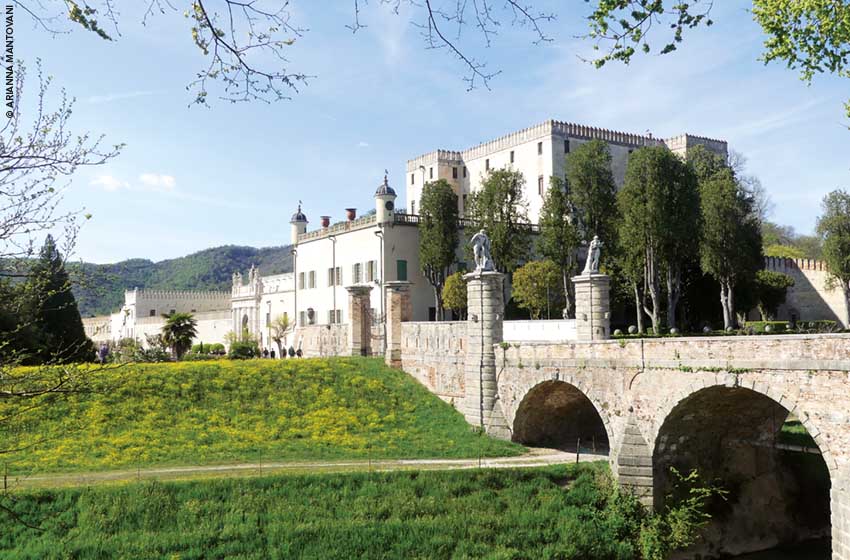A region proud of its Alpine tradition, famous for its ski resorts and its enchanting landscapes. Among castles and fortifications let's see these wonderful villages of the Aosta Valley. Fascinating secrets could be hidden among these medieval and historical places.
Read also: “7+1 CAMPSITES IN THE AOSTA VALLEY”
Bard
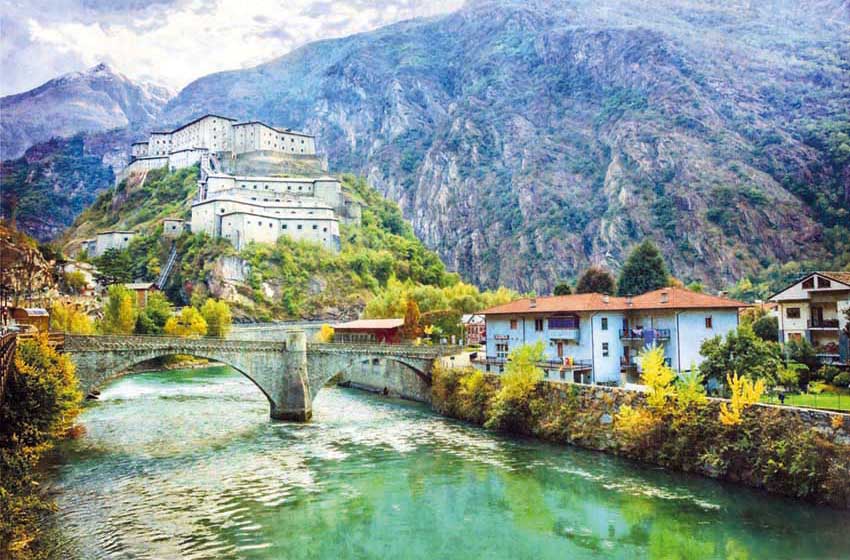
The village of Bard is made up of a population of only 160 inhabitants. Typical crossing village born along the Roman road, presents itself today in its almost intact medieval urban structure. Above the ancient Furiana canal, the main street that preserves develops valuable residential buildings from the 15th-16th centuries, some of which have been restored and are now home to commercial activities.
The approach to the village from the southern side along the ancient route of the via delle Gallie it takes place in a landscape characterized on one side by terraced vineyards alternating with overhanging crags partly used as a climbing gym, and on the other by the mountainous rocks that precede the Forte fortress.
La Bard fortification it is in fact the great attraction of the place. It extends for fourteen thousand square meters and is made up of more than two hundred and eighty rooms and includes three main buildings articulated on as many levels of a steep ridge from which the underlying village and the valley are dominated.
The three buildings are:
- theOpera Ferdinand, Seat of the Museum of Fortifications and Frontiers
- l'Opera Vittorio instead hosts the The Children's Alps route in which the visitor takes an interactive journey towards the top of Mont Blanc (you prepare your backpack and equipment, you tackle the approach march, you reach the refuge of the same name, you climb the glacier and the ridge until you reach the 4.810 meters of the summit)
- theOpera Carlo Alberto it is the highest position, reachable on foot or with modern panoramic lifts where you can visit the Museum of the Alps, composed of twenty-nine rooms in which there are video projections, scenography, multimedia games, enriched by the testimonies of geographers, anthropologists and scientists
Recommended itinerary: Camper itinerary from Bard to Aosta between castles from Kolossal
Fénis
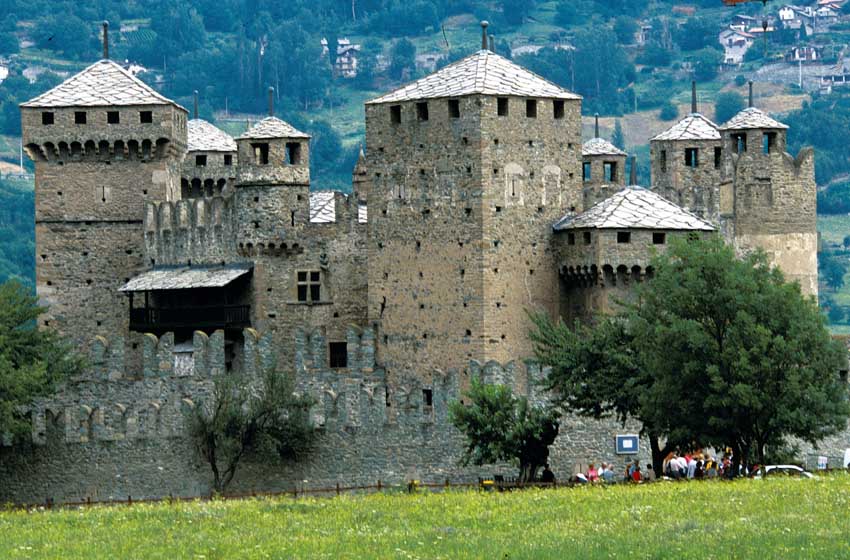
There is certainly one of the best known and most photographed castles in the Aosta Valley Fénis, built in the 14th century and equipped with a double crenellated wall. Unlike other castles, built for war and protection purposes, Fénis Castle is not located on the top of a promontory, but rather on a slight hill with no natural defenses.
Combining the characteristics of the fortification with those of the noble residence, the castle of Fénis was in fact the prestigious seat of representation of the major exponents of the Challant family, who endowed it with an imposing defensive system, as well as elegant pictorial decorations, symbols of power and prestige. However, towers and crenellated walls were added towards the middle of the 14th century by Aimone di Challant.
The castle of Fénis belonged to lords of Challant of the Fénis branch until 1716, when it was handed over to Count Baldassarre Castellar of Saluzzo Paesana. The events that marked the history of that family led the manor to slow degradation, a prelude to the abandonment that saw it transformed into a rural home: the rooms on the ground floor were used as stables, while the first floor was used as a barn.
The recovery of the monument is due to Alfredo d'Andrade, who purchased the castle of Fénis in 1895 and, after restoring the most damaged parts, donated it to the State. Today the building is owned by the autonomous Region of Valle d'Aosta.
Camper stop among the villages of the Aosta Valley: Fenis
Recommended itinerary: “Aosta Valley by camper: the Champorcher valley”
Courmayeur
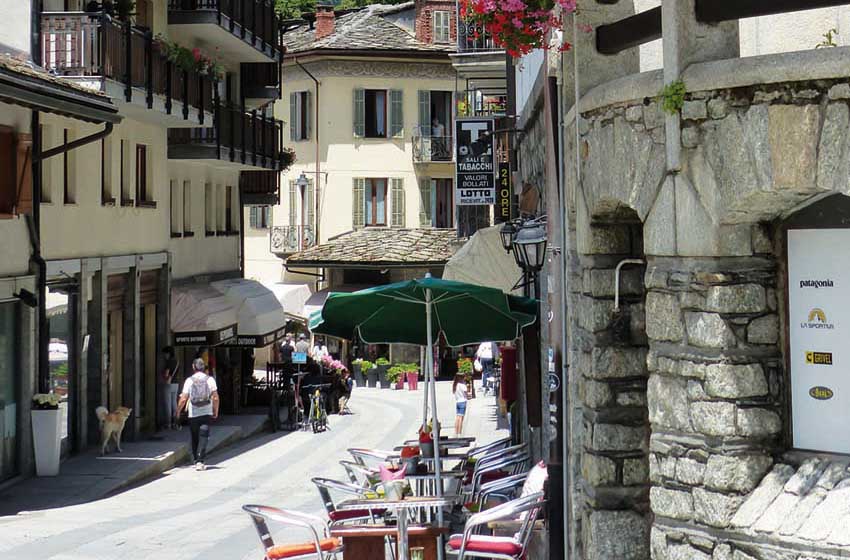
Gateway to the peaks of Mont Blanc Courmayeur, a renowned summer and winter mountain resort, proves to be an ideal destination to visit by camper. Nestled in a large green valley, the village is located on the border with France and Switzerland and is the last Italian municipality before entering France through the Mont Blanc tunnel which connects to Chamonix. The town is the oldest Alpine station in the Val d'Aosta and the country of origin of numerous internationally renowned guides. On Via Roma, the partly pedestrianized main street, overlooks boutiques, bars, restaurants and numerous clothing and mountain equipment shops.
The heart of the historic center is Abbé Henry Square, overlooking the southern slope of Mont Blanc, which forms the backdrop to the roofs of the houses. Nearby are the historic House of the Alpine Guides, with the adjoining Duca degli Abruzzi Museum, and the parish church of Saints Pantaleone and Valentino. A side street leads to L'Artisanà, traditional craft shop with exhibition and sale of objects in wood, soapstone, iron, ceramics and textiles.
Courmayeur is perfect to visit in the summer with trekking routes and also in the winter to enjoy the ski slopes. In fact, the route starts from the Entrèves hamlet Skyway cable car leading to Helbronner Point, at 3.466 meters above sea level, which offers breathtaking views.
Recommended itinerary: “Courmayeur in a camper, on the roof of Europe”
Recommended itinerary: “On the snow in Courmayeur, camping and in freedom”
Gressan
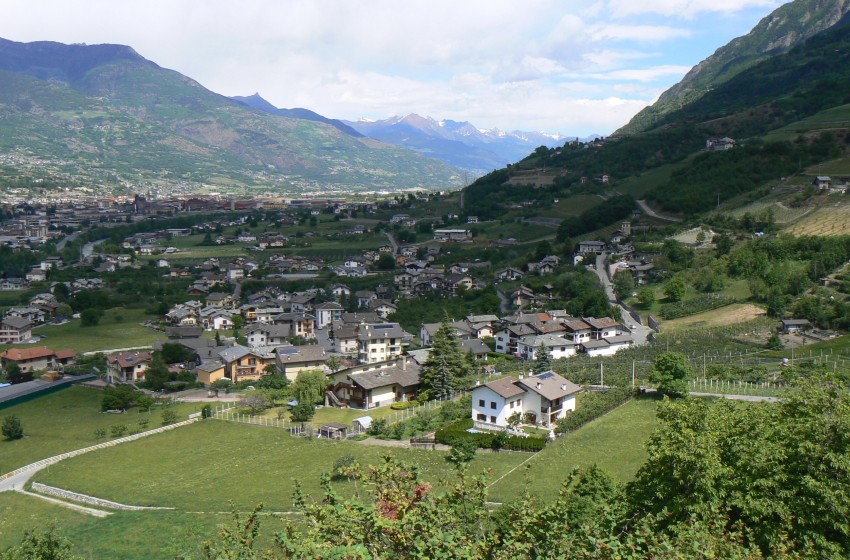
However close to Aosta, Gressan it is immersed in nature and offers two different types of landscape: in fact, you pass from the moraine of the glaciers (with a view of Mont Blanc) to the orchards of the valley bottom, up to the ski slopes of the hamlet of Pila. In fact, the village of Gressan offers many opportunities in both summer and winter, for skiing, hiking or cycling. And also the whole area is full of sports fields including football, tennis, swimming pool, playground and vast green areas for traditional sports.
Already inhabited in Roman times, Gressan is now full of numerous important historical monuments including the small Romanesque church of Sainte-Marie-Madeleine de Villa, Tour and Maison de Saint Anselme, Torre de la Plantaz. Also worth visiting is the 16th century villa located in village of Ronc and Castle of La Tour de Villa, partially restored with a square tower and the residential part. Instead from De Graciano Castle nothing remains, so much so that the parish church bell tower with a beautiful baptistery was built on its base.
In Gressan the singing tradition has ancient and solid roots which can be found in the choral 'Louis Cunéaz' maximum expressiveness. The choir, born from the parish choir, brings popular and regional songs to its repertoire and is very pleasant to see and hear.
The cultivation of apples is one of the sources of inspiration for local gastronomy which finds its utmost recognition in the annual Apple feta, the Apple Festival, which takes place in October. The event includes craft markets, typical products, old crafts, chestnuts, sweets and obviously lots of apples.
Camper stop among the villages of the Aosta Valley: Gressan
Recommended itinerary: “A camper trip to Pila to discover Aosta Valley trekking”
Cogne
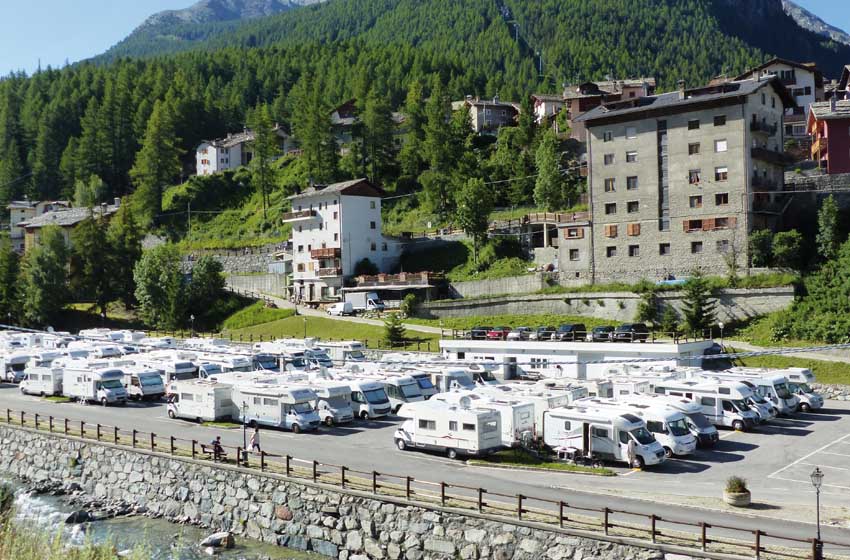
Cogne it has five hamlets: Epinel, Cretaz, Gimillian, Lillaz and Valnontey. He has been part of the club since January 2011 Pearls of the Alps, a circuit that brings together around twenty Italian, German, Austrian and Slovenian Alpine resorts committed to the development of sustainable tourism, the protection of the environment and cultural specificities.
At the center of the inhabited nucleus, which has managed to preserve the traditional architecture, the parish church dedicated to patron saint Sant'Orso it offers a beautiful entrance porch and precious wooden altars inside. Nearby there are bars, restaurants, souvenir and mountain equipment shops and the House of Pitz, exhibition space, laboratory and point of sale of the renowned Cogne bobbin lace.
The complex technique of processing of lace with the fuselli he landed in Cogne towards the middle of the seventeenth century; having fallen into disuse with the advent of the two world wars, lace was reborn in the following decades and today stands out as representative objects of local culture.
Camper stop among the villages of the Aosta Valley: Cogne
Recommended itinerary: “Aosta Valley in a camper? Cogne, a (Great) Paradise!"
Text by Fabrizio Roscini
------------
Do you want to organize a weekend in Valle d'Aosta? Here are our tips!
You can read all PleinAir itineraries on the Aosta Valley and its villages in the digital magazine on your PC, tablet or smartphone. With a year of subscription to PLEINAIR (11 paper issues) you have the available special inserts, digital magazine e the digital archive since 2015 (with attachments).
With your PleinAir subscription you receive the next issues comfortably at home and savings!

